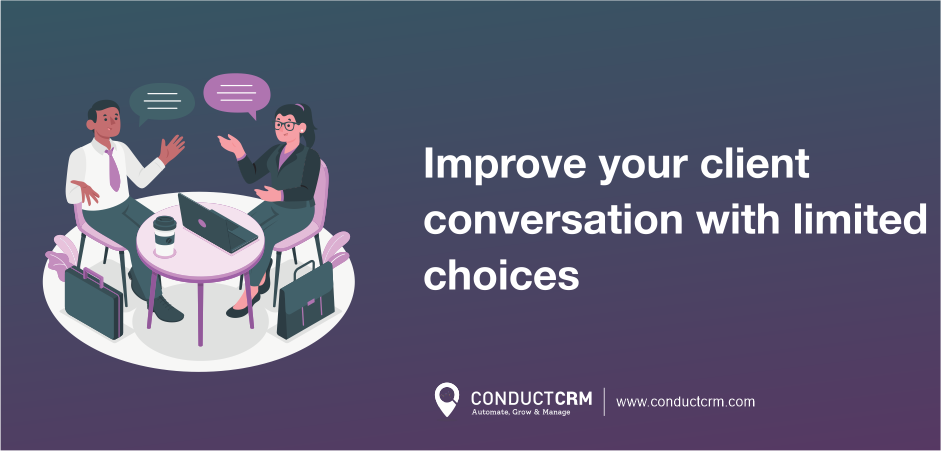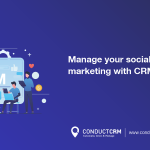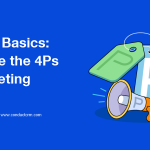Improve your client conversation with limited choices
Introduction
Nowadays businesses offer a number of features to the client. A lot of features help both clients and businesses to achieve what they are looking for. The sales team introduce the business product to the client. They play a crucial role in presenting these offerings to potential clients. There are many companies that provide you with a customizable option to choose for their product.
While the customizable options are undeniable, it’s essential to recognize that sometimes, limiting choices can enhance client conversations. However, customizable options have both pros and cons. In this blog, we will talk about client conversations with limited choices. And how you can improve the client conversations.
The Power of Limited Choices
Whenever businesses provide overflowing options, it may be possible that it becomes a toxic task to complete. For example, before starting a project client demand is to create an application. After some time it may be possible that the client wants to update with new features. Then it becomes a continuing task that not completing in the near future.
However, limiting choices might seem counterintuitive. This strategy can lead to more focused and productive client conversations.
A client may become overwhelmed and indecisive when presented with a multitude of customization options. Decision-making can be slowed by this paradox of choice.
Limited choices, provide a structured framework that guides clients towards making decisions aligned with their goals. By presenting a curated set of options, you streamline the conversation, allowing clients to explore possibilities without feeling drowned in a sea of features.
Understanding the Pros and Cons
Before approaching the strategies to improve client conversations with limited choices, let’s explore the pros and cons of the limited choices approach.
Pros
Clarity and Focus
A well-defined set of choices helps clients to focus on what is important to add features or not. It makes it easier for businesses to point out the exact requirements of the customers.
Time and Cost Savings
A clear understanding of customizable features can save time and cost for both customers and businesses. However, Time-saving is helpful for businesses because they do not require that much time to develop an application or website or any other product.
Moreover, Cost saving is helpful for customers because they do not need that much savings and cost to implement features for a particular product.
Efficiency
When customers choose the option of customizable products they made decisions more swiftly, and clients can move forward with their projects faster.
Personalization
However, even with limited options, clients can still find solutions that align with their needs, leading to a more personalized experience.
Cons
Potential Restrictions
However, limiting the choices can lead to some cons. The clients might feel that their unique requirements are not met due to the limited option available.
Missed Opportunities
There’s a chance that some clients might need a feature that not mention in the customizable feature and it is what business must need. The predetermined choices, potentially lead to missed opportunities.
Elevating client conversation

Now that we have established the rationale behind limited choices, let’s explore ways to make the most of this approach.
1) Pre-Conversation Research
Pre-conversation becomes an important part of client engagement. Before engaging in a client conversation, conduct research through customers’ industry, what they are working niche, their pain points and what are the main goals of the company.
This knowledge will help you to limit choices to their specific needs, demonstrating your commitment to their success.
2) Empathetic Listening
During the conversation, practice active listening to cater to the client’s underlying needs and concerns. This empathetic approach enables you to frame the limited choices in a way that directly addresses their challenges.
3) Education and Transparency
Be transparent about why you’re presenting limited choices. Explain that this approach is designed to simplify the decision-making process and provide focused solutions. Educate clients on the benefits of this approach, highlighting how it streamlines their journey. Otherwise, it might happen that businesses show different features on their website and other on-person. So, Here transparency becomes a more important aspect.
4) Highlight Flexibility
Even though the options are limited, emphasize that they can be customized. Provide examples of how each option can be tailored to meet various preferences, alleviating concerns about the lack of flexibility.
5) Solution-Based Presentation
Instead of listing all your product features, the company should present the solutions for each feature. That identifies the particular problem. This approach shows the value of each option and makes it easier for clients to connect the dots between their needs and the available choices.
6) Outcome Visualization
Show the data visualization of the feature’s outcome. How businesses can grow from their current valuation. However, It helps clients to see the outcomes of their choices. It paints a vivid picture of how each option can impact their business positively and make the process more tangible.
In the world of accepting technology complexities, the art of simplification holds immense value. Limited choices, when thoughtfully presented. It might impactfully client conversations towards meaningful outcomes.
With the help of the power of empathy, education, and collaboration, sales teams can transform limited choices into a gateway for better understanding. It lasts the client relationships.
Conclusion
The aim of the client conversation with limited choice is human psychology. Whenever the business offers an immense range of features to the customers, they might be confused about the feature without a proper explanation. It is also focused on decision-making.
ConductCRM offers CRM software that helps in the generation of leads, lead distribution, and lead management. However, we can say that it helps business to manage the client conversation. Connect ConductCRM and Book Your FREE Demo Now.






